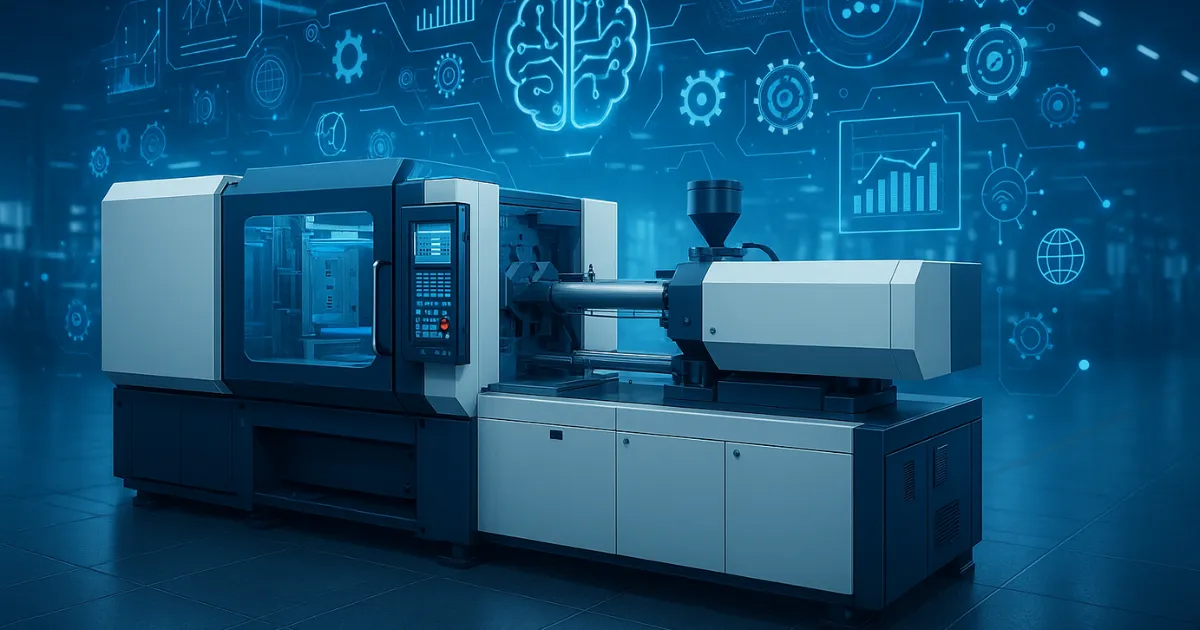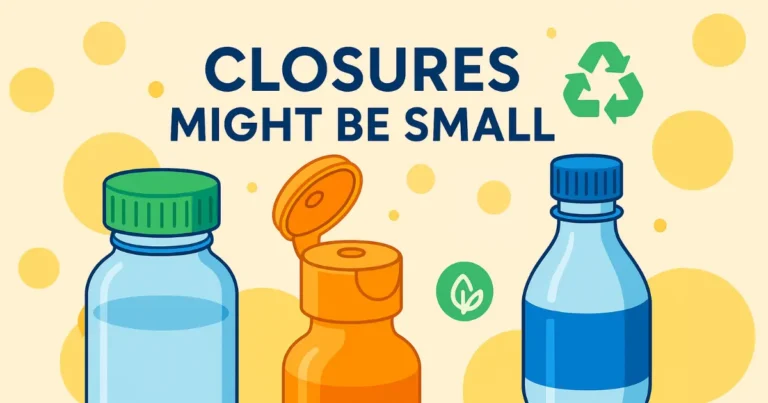The plastics sector is at a pivotal juncture in 2025. Accelerating sustainability mandates, shrinking product life cycles, and fierce global competition are driving manufacturers to adopt Industry 4.0 technologies at scale. From fully integrated digital molding to AI-driven quality control and end-to-end smart-factory architectures, the latest solutions promise to boost throughput, slash waste, and deliver unprecedented insights into every phase of production. This article unpacks the current state of play—with concrete examples and sources—for professionals seeking a strategic edge.
1. Fully Integrated Digital Molding Workflows
Modern “digital molding” transcends isolated CAD and CAM silos. Today’s leading processors operate closed-loop systems linking ERP, mold-design software, and molding machines in real time. Incoming orders automatically adjust machine parameters, minimizing manual setup and changeover times by up to 50%.
Platforms such as Moldex3D’s Molding Intelligence exemplify this trend. Their 2025 release automates shape recognition, gate and mold-design discovery, and “Auto Launch” trial advisors—combining historical build data with predictive simulations to cut mold development cycles by nearly 30%.
2. AI-Powered In-Process Quality Control
Traditional post-production inspection is giving way to real-time, vision-based QA. High-resolution cameras paired with deep-learning models now mount directly on presses, detecting warpage, sink marks, and dimensional deviations as parts form. Pilot implementations report scrap-rate reductions of up to 40% and rework cuts exceeding 25%.
Beyond defect detection, AI systems can classify defect root causes by correlating image data with process parameters—enabling on-the-fly adjustments that maintain consistent part quality without halting production
3. Predictive Maintenance: From Downtime to “Up-Time”
Unplanned equipment failures cost manufacturers billions annually. In plastics plants, these interruptions translate into lost production hours and emergency maintenance premiums. Predictive maintenance platforms ingest sensor streams—vibration, temperature, hydraulic pressure—and apply machine-learning algorithms to forecast failures days or weeks in advance.
For example, a global molder deployed a cloud-based predictive solution that reduced unplanned downtime by 35% within six months—saving over €1 million in maintenance and lost production costs annually.
4. IIoT-Driven Real-Time Analytics
At the heart of any smart factory lies the Industrial Internet of Things (IIoT). Injection-molding machines now stream cycle times, clamp forces, melt pressures, and energy usage to centralized dashboards—where anomaly-detection models trigger instant alerts when metrics deviate from optimal bands.
This real-time intelligence empowers plant managers to:
- Rebalance production loads dynamically
- Pinpoint energy-hogging assets for retrofits
- Track throughput KPIs against yield targets
The result is a continuous feedback loop that drives incremental improvements day after day.
5. Collaborative Robots (Cobots) on the Shop Floor
While traditional robots handle heavy-payload tasks, cobots are reshaping plastics production by working safely alongside human operators. Cobots assist with mold changes, part removal, trimming, and packaging—tasks that benefit from human oversight but demand precision and endurance.
In Q1 2025 alone, North American plastics firms ordered over 1 000 cobots—11.6% of all robot purchases—underscoring the technology’s rapid adoption for small-batch and high-mix operations.
6. Cyber-Secure, Blockchain-Backed Traceability
Regulatory pressures and customer demands for transparency are driving investments in end-to-end traceability. Blockchain platforms record every resin lot, processing step, and QC report on an immutable ledger—ensuring auditability for food-contact, medical, and aerospace applications.
Establishing this “digital thread” not only streamlines compliance but also enhances circular-economy initiatives by verifying recycled-content claims and enabling seamless material passports.
7. Cutting-Edge Case Studies
- Arch Systems’ AI Co-Pilot: Winner of the 2025 NPI Award, this platform ingests multi-site data to label downtime events, categorize root causes, and prescribe corrective actions—delivering a 25% reduction in stoppages across global molding operations.
- Moldex3D iSLM in Action: A European automotive supplier leveraged digital-twin simulations to optimize gate locations and cooling-channel designs—accelerating mold trials by 40% and cutting cycle times by 8% per part.
Conclusion: The Road Ahead in 2025 and Beyond
As Industry 4.0 technologies mature, plastics manufacturers face a clear choice: adopt and integrate or risk being outpaced. By embracing digital molding, AI-led quality assurance, predictive maintenance, IIoT analytics, cobots, and cyber-secure traceability, companies can unlock step-change gains in productivity, sustainability, and profitability.
Next Steps for Industrial Leaders
- Conduct a digital-maturity audit to identify integration gaps.
- Pilot one AI-driven QC or maintenance solution on a critical production line.
- Map your traceability requirements and explore blockchain PoCs.
Stay ahead of the curve—2025 is already here for those ready to harness Industry 4.0 in plastics engineering.
References
- Moldex3D Releases Version 2025 – Moldex3D, Mar 26 2025
- AI-Driven Injection Molding: How ML Is Cutting Defect Rates by 2025 – PlasticMoulds.net
- Top Predictive Maintenance Trends for 2025 – SciForce Solutions
- The Industrial Internet of Plastics – ei3
- A3: North American Robot Orders – The Robot Report, May 20 2025
- How Blockchain Is Transforming Plastic Waste Management – Plastics Engineering
- Arch Systems Wins 2025 NPI Award for AI-Driven Manufacturing Innovation – Electronics Specifier
- Track & Trace Technologies Help Tackle Plastic Pollution – World Economic Forum




